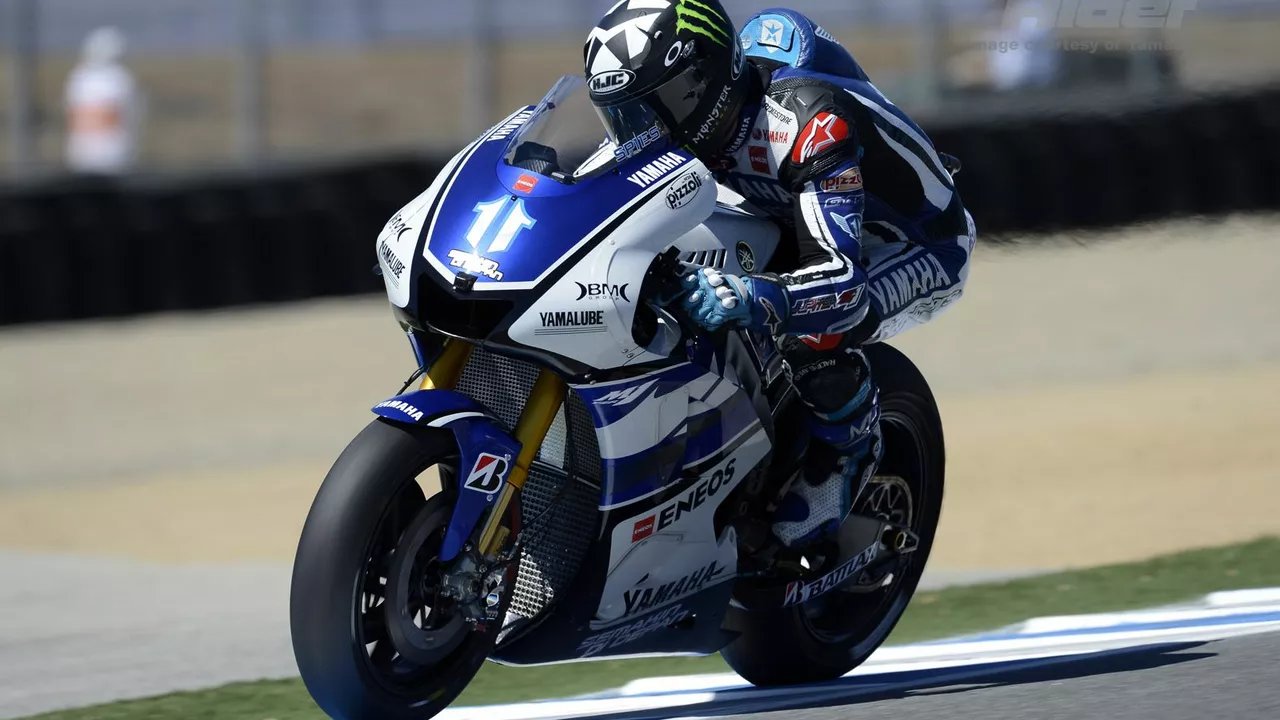Motorsports Process Guide: How Racing Works and What Drives It
If you love speed but wonder what really happens behind the roar, you’re in the right spot. Motorsports aren’t just fast cars; they’re a collection of processes that keep the show exciting, fair, and safe. From the way teams use data to the way races are structured, each step has a purpose. Let’s break down the most important parts so you can watch the next event with fresh eyes.
Behind the Scenes: Tech and Strategy
First up, the tech crew. In Formula 1, computer engineers are the quiet pit‑crew heroes. They build simulators that let drivers practice on virtual tracks, fine‑tune telemetry that streams real‑time data from the car, and create software that predicts the best race strategy. That means the split‑second decisions you see on TV—when a driver pits or pushes hard—are backed by complex algorithms and endless testing.
Take NASCAR’s stage system as another example. Instead of one long race, the event is broken into three segments, each awarding points to the top ten drivers. Stages give teams extra chances to earn points, keep fans hooked throughout the race, and let sponsors showcase their logos more often. It’s a simple process that adds drama, rewards consistency, and changes how crews plan fuel stops and tire changes.
Fans, Formats and Future Moves
Why do people love watching car racing? It’s more than speed. The thrill comes from a mix of adrenaline, strategy, and the unpredictable nature of each lap. Fans feel the tension as drivers battle for position, manage tire wear, and adapt to weather changes. That psychological pull is why a race feels like a high‑speed chess game.
Speaking of change, the motorsport world is always testing new ideas. Rumors about Ferrari joining IndyCar illustrate how big manufacturers eye fresh challenges. If Ferrari made the jump, it would shake up the competition, bring new technology to oval tracks, and create fresh storylines for fans.
Even everyday processes matter. Planning a winter road trip from Denver to Seattle involves picking routes that avoid mountain passes, checking weather updates, and using winter tires. Those practical steps keep drivers safe and show that good process planning applies both on and off the track.
In short, every race you watch is the result of many moving parts—engineers crunching data, organizers tweaking formats, and fans fueling the atmosphere. Understanding these processes makes the sport feel less like a mystery and more like a well‑orchestrated performance. Next time you hear a car scream past, you’ll know there’s a whole team of processes working behind that sound.

What is the process to become a MotoGP racer?
Becoming a MotoGP racer isn't just about hopping on a bike and hitting the tracks. It's a process that requires years of training, starting off in lower categories like the MiniGP or National Championships. After proving your skill and dedication there, you might get a chance to move up to the Moto3 category, then Moto2, and finally MotoGP. It's important to remember that this journey also requires a great deal of physical fitness, mental strength, and a deep understanding of motorcycle mechanics. So, if you're dreaming of becoming a MotoGP racer, be prepared for a long but rewarding journey.
© 2025. All rights reserved.